Southwest village keeps tie-dye legacy alive
By Yang Feiyue ( China Daily ) Updated: 2016-02-16 11:27:50The tighter the knot, the clearer the image, he says. His wife, Duan Yinkai, 41, has been named a provincial inheritor of the tie-dye art. She has grasped more than 30 ways of tying up the knots.
On an average, workers know five to six different ways of tying the knots and receive further training at their workshop.
Duan Yinkai picked up the practice at age 10 by watching her parents on the job. The images that emerge once the knots are untied are sometimes unexpected. For example, if some 10 people tie the knots from the same pattern, 10 different images may follow, she says.
The couple took over the workshop in 2008 after the original establishment failed. In 2014, the workshop was named a national intangible cultural heritage production site by the Culture Ministry. Their workshop now hires roughly 2,000 temporary tie-dye workers, mostly older women, and a full-time workforce of more than 30.
The workshop's annual output is worth 6 million yuan ($910,000), but its profit is around 300,000 yuan, Duan says.
The work is time-consuming. A piece of tablecloth that is 2 meters long and 1.5 meters wide is priced between 180 and 200 yuan, but on an average it takes more than a week to finish.
Low income is the biggest problem that keeps young people from getting into the business. Tie-dye workers usually earn 20 yuan for three to four days of work.
But the local government has paid attention to protecting the craft.
Duan Shukun says he has received assistance of 100,000 yuan from the government over the years. Now, he's preparing to build a tie-dye museum in the hope that more young people will be encouraged to join in. Roughly 4,000 finished products, semifinished products and plastic sheets will be displayed at the museum that will likely be built in Zhoucheng.
- Gulangyu island moves toward world heritage status
- Singapore's Chinatown Heritage Centre reopens after rejuvenation
- Fuzhou historic district wins Asia-Pacific Awards for Cultural Heritage Conservation
- State Parties of Convention for the Safeguarding of the Intangible Cultural Heritage 2003(As of 2015)
- Tibet builds digital safe-deposit for intangible heritage
|
|
|
|
|
|
|
|




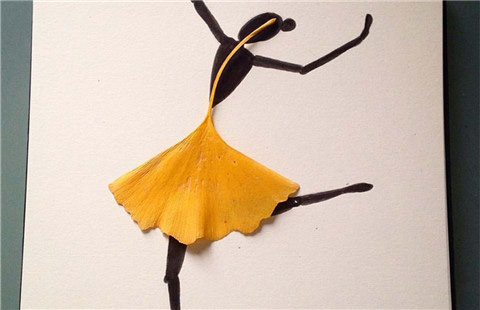
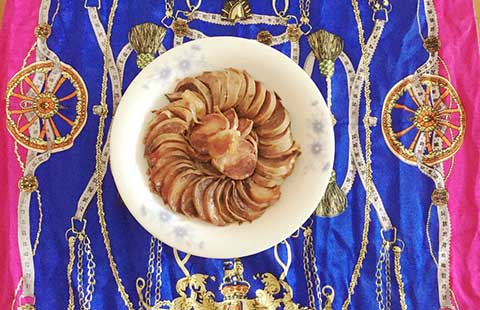

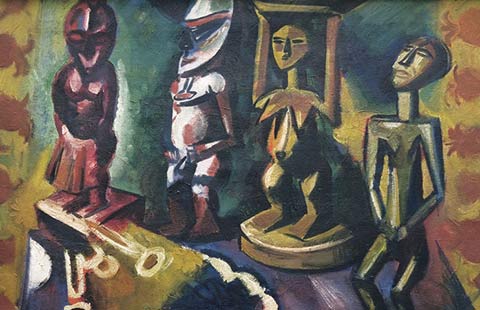







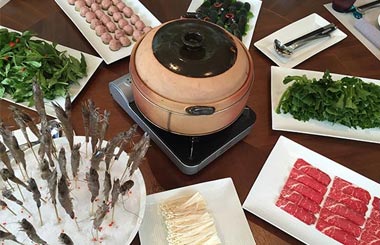


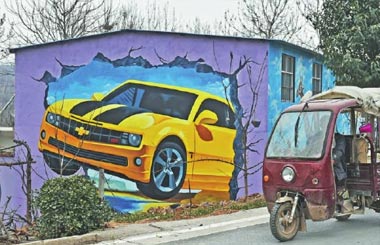
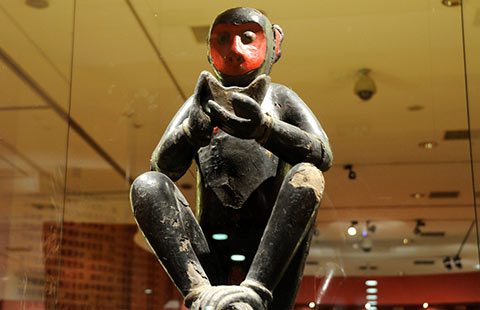



 Raymond Zhou:
Raymond Zhou: Pauline D Loh:
Pauline D Loh: Hot Pot
Hot Pot Eco China
Eco China China Dream
China Dream China Face
China Face





